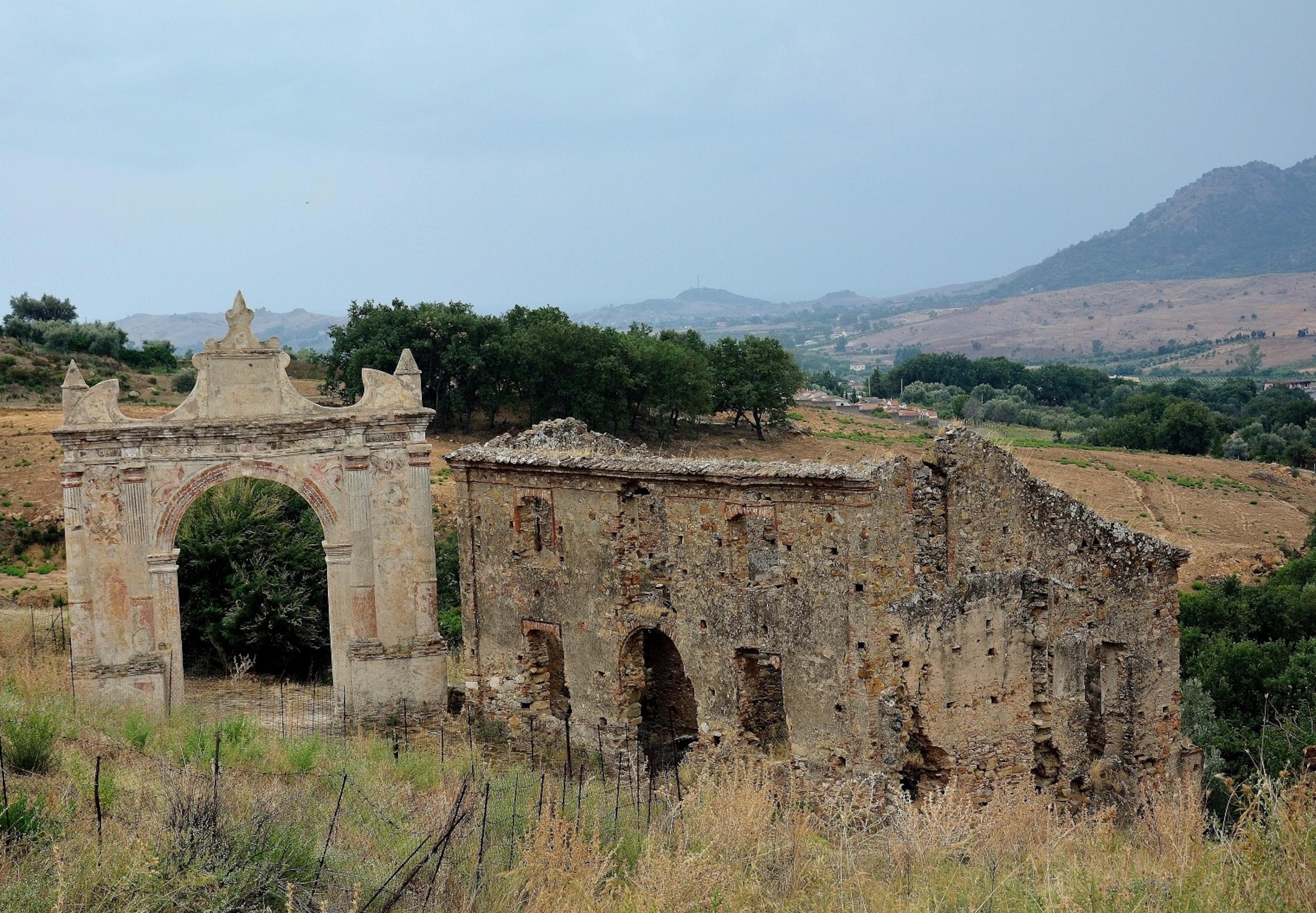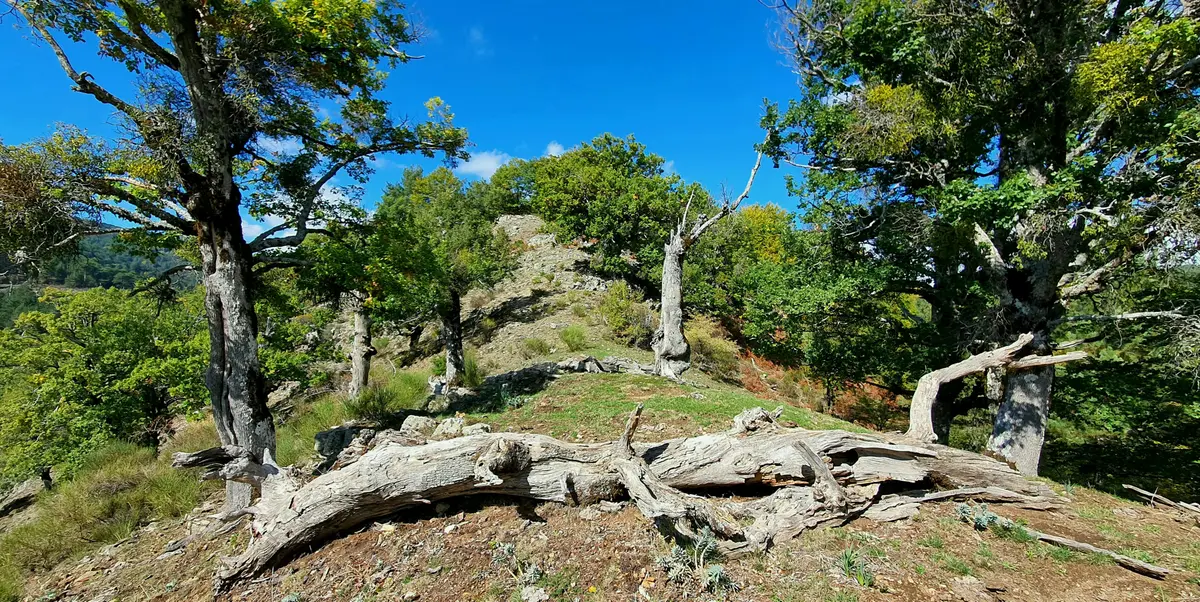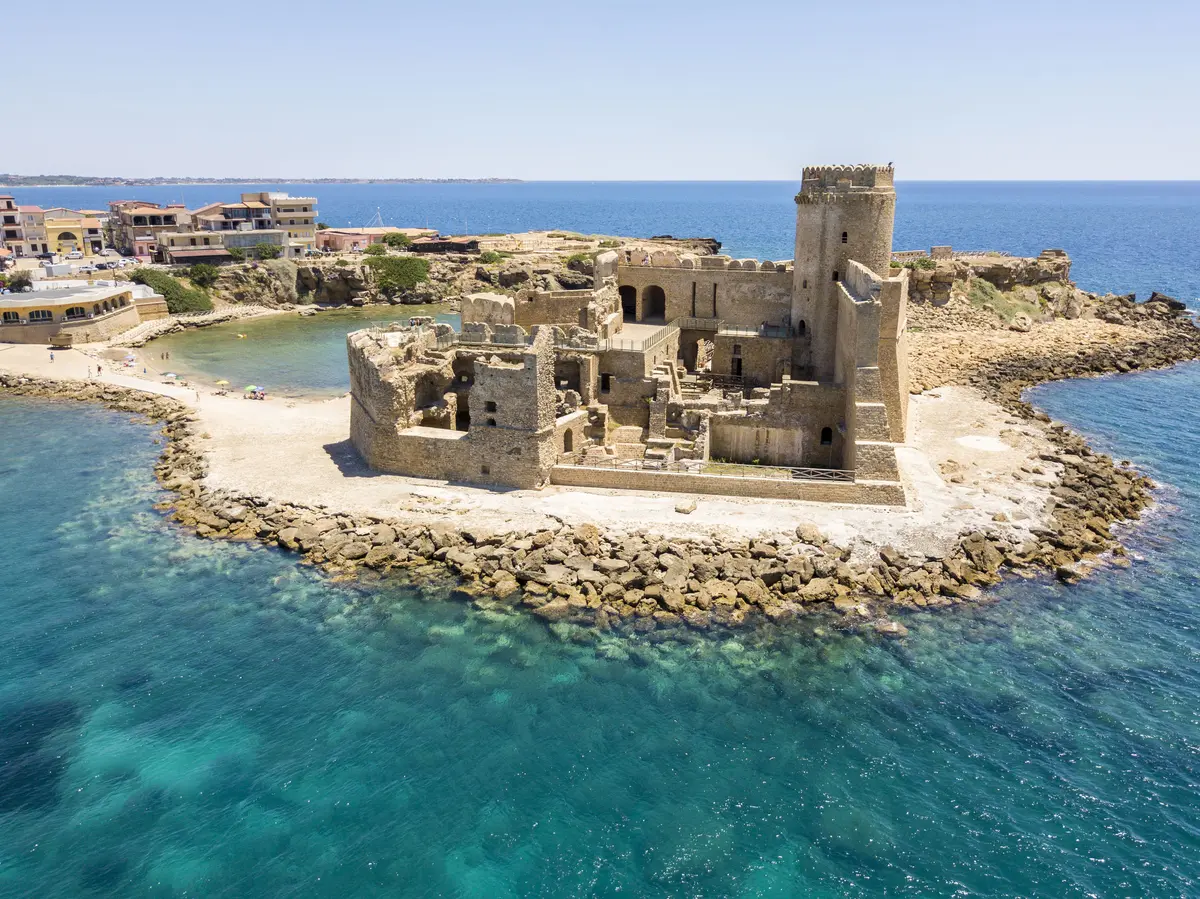Tour of the Armenian Valley: places to see
A fascinating journey through ancient communities of Armenian origin

Cultural historian
Staiti - Regione Calabria
Travel information
Category
Cultural historian
Target
For all
A crossroads of peoples, Calabria also welcomes Armenians among its minorities, who arrived on the Ionian coast during the reign of Emperor Justinian I, who ordered their transfer to the region together with the Jews to support the Byzantine army of Nicephorus Phocas the Elder (8th-9th century).
The first communities settled in what is still known as the "Valley of the Armenians": the territory of the province of Reggio Calabria between the Costa dei Gelsomini Regional Marine Park and the lower slopes of the Aspromonte National Park. The main evidence of the Armenians in Calabria can be found in a legendary place called Rocca Armena, which, although not well defined, preserves fascinating traces of this ancient presence.
Specifically, the Valley of the Armenians includes the old hilltop villages of Ferruzzano, Bruzzano Zeffirio, Staiti and Brancaleone. The Armenians in Calabria are responsible for a series of artistic, religious and folkloric traditions that still survive today, intertwined with those of the Greek community.

In the "ghost town" of Saccuti

In search of the "Armenian Fortress"

Among the rock churches of the East



